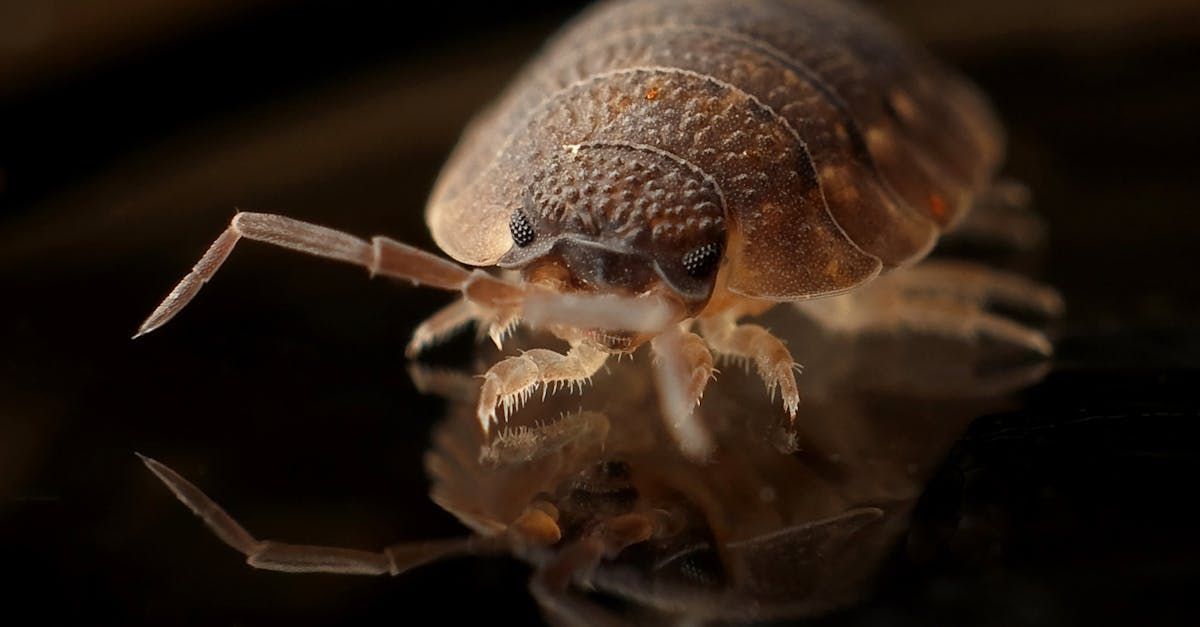Blog

Bedbugs are a common pest that can infest any dwelling, regardless of cleanliness. These small, nocturnal insects feed on human blood and are experts at hiding. Recognizing the signs of a bedbug infestation early is crucial. It can save you from a larger infestation that's harder to control. In this article, we'll explore three key signs that you might have bedbugs. We'll discuss unexplained bites , physical evidence, and strange odors. We'll also delve into the importance of bedbug prevention and when to call in professional exterminator services . Whether you're a homeowner, a renter, or a property manager, this guide will equip you with the knowledge to identify and address a potential bedbug problem. Stay vigilant and informed. Let's dive into the world of bedbugs and learn how to protect our living spaces. Unexplained Bites One of the first signs of a bedbug infestation is often unexplained bites. These bites typically appear as small, red, itchy welts on your skin. Bedbugs usually feed at night when you're asleep. They prefer exposed skin, so you'll often find bites on your face, neck, arms, and hands. However, not everyone reacts to bedbug bites in the same way. Some people may not show any signs at all, while others may develop severe reactions. It's also important to note that bedbug bites can resemble bites from other insects. This can make them difficult to identify without other evidence of bedbugs. Here are some characteristics of bedbug bites to look out for: They often appear in a line or cluster. The bites may become inflamed and itchy. Over time, they may develop into blisters or welts. Remember, bites alone are not a definitive sign of bedbugs. It's crucial to look for other signs to confirm an infestation. Identifying Bedbug Bites Bedbug bite s are often mistaken for other insect bites. This is because they can look very similar. The key difference is the pattern of the bites. Bedbug bites often appear in a line or cluster , unlike mosquito or flea bites. However, the best way to confirm bedbug bites is to find other signs of an infestation. This includes physical evidence like shed skins, fecal spots, and live insects. Telltale Marks and Physical Evidence Apart from bites, there are other signs that can indicate a bedbug infestation. These signs are often more reliable than bites alone. One of the most common signs is small, dark, rust-colored stains on your bedding or mattress. These stains are the fecal spots left by bedbugs after they've fed. You may also find shed skins in areas where bedbugs hide. Bedbugs shed their skins as they grow, leaving behind a clear sign of their presence. Another sign to look out for is tiny white eggs. Bedbug eggs are about 1mm in size and can be hard to spot without a magnifying glass. Here are some places where you might find these signs: In the seams and folds of your mattress and box spring. Behind the headboard and along the bed frame. In cracks and crevices in the walls and floor. Behind wall decor and electrical outlets. Remember, finding these signs is a strong indication of a bedbug infestation. If you find any of these signs, it's advisable to contact a professional exterminator for a thorough bed bug inspection . Fecal Stains and Shed Skins Fecal stains and shed skins are often the first physical signs of a bedbug infestation. These signs can be found in areas where bedbugs hide during the day. Fecal stains are small, dark, rust-colored spots. They are left behind after bedbugs have fed and can be found on your bedding, mattress, or nearby furniture. Shed skins are another sign of bedbugs. As bedbugs grow, they shed their skins, leaving behind a clear sign of their presence. Bedbug Eggs and Live Insects Bedbug eggs are tiny, white, and hard to spot without a magnifying glass. They are often found in the same hiding spots as adult bedbugs. Finding live bedbugs is a sure sign of an infestation. However, because bedbugs are nocturnal and excellent at hiding, they can be difficult to spot. If you find any of these signs, it's advisable to contact a professional exterminator for a thorough inspection. They have the tools and expertise to confirm an infestation and recommend the best course of treatment.
